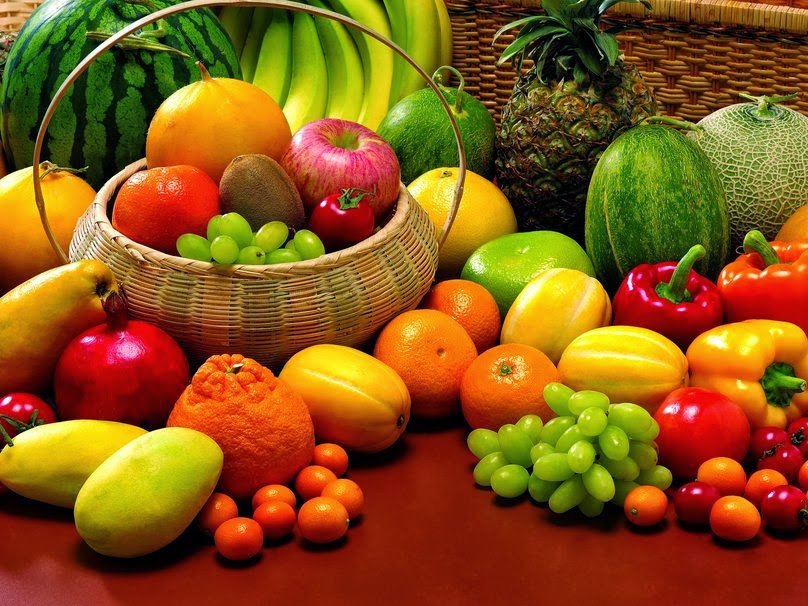Smallbusinesses in the import/export arena first need to identify theproducts or services they want to carry. Here are the top 10import/export ideas that can help you to grow your business:
Food
products:
Today, the opportunities to export food and agricultural products are
great. In fact, there has probably never been a better time for small
and medium-sized companies to begin exporting. It is easy to find
companies that manufacture food products locally for domestic
consumption. Many of these companies never export. If the products
are of good quality, you can link up with them and export a part of
their produce.
Clothing:
Nowadays cloth exporting is a very profitable business, where demand
never dries up. Specialized clothing, particularly for women, makes
for a great import-export business. If you have access to unique
dyeing techniques, printing styles and embroidery methods, you will
succeed in export-import arena as well.
Jewelry:
As with clothing, there is always a constant demand for jewelry
around the globe. Customized jewelry, ethnic jewelry, handcrafted
jewelry make for excellent import/export items.
Greeting cards:In the Internet age, with electronic greetings of all
kinds now available,
greeting
cards are
still popular , especially wedding invitations. If you put up samples
of what you can provide on your website, you can expect orders from
discerning customers within your country, as well as from other
countries.
Personalized tableware:Notwithstanding
the inherent risk in this business due to the delicate nature of the
product, this is a money-making import/export idea. If you have a
well-developed business website, you can take orders for personalized
tableware from various countries. Just make sure make
sure that
tableware articles are properly
packed prior to shipping.
Handbags: If you love handbags,
a purse
business could
be right for you .Out
of nowhere thousands of different small businesses have emerged and
are doing well. Handbags are easy to source and easy to ship.
Dry fruits: All
countries don’t have the requisite weather conditions to grow
fruits that can be dried, and there is great demand for these in all
parts of the globe. So, dry fruits make for an excellent
import/export product.
Processed items: Products
such as
shea
butter, olive oil, jojoba extracts, aloe vera gel, hibiscus extracts
are not available everywhere, but have a high demand in the
cosmetics/personal care industry. That’s another good import/export
business idea.






.jpg)




















